Quick Airline Information:
✈Airline IATA* code:
✈Airline ICAO* code: ✈Founded: 31 March 1974 (Originally Imperial Airways, founded in 1924).
✈Website: www.britishairways.com✈Alliance: One World
✈History
✈Operations and Destinations 🌍
✈Fleet ✈️
✈Photo Slide 📷✈Safety Video 🎬
✈Airline reviews ⭐
*IATA: (International Air Transport Association)
*ICAO: (International Civil Aviation Organization)
History Menu:
British Airways can trace its origins back to the birth of civil aviation, the pioneering days following World War I. In the 99 years that have passed since the world's first scheduled air service on 25 August 1919, air travel has changed beyond all recognition. Each decade saw new developments and challenges, which shaped the path for the future.
The Airline has come along way since its humble beginnings to become a world class airline which flies all over the world. On 25 August 1919 Aircraft Transport and Travel Limited (AT&T), a forerunner company of today’s British Airways, launched the world’s first daily international scheduled air service, between London and Paris using a Airco DH.4A biplane.That first flight, which took off from Hounslow Heath, close to today’s Heathrow Airport, carried a single passenger and cargo that included newspapers, Devonshire cream, jam and grouse.
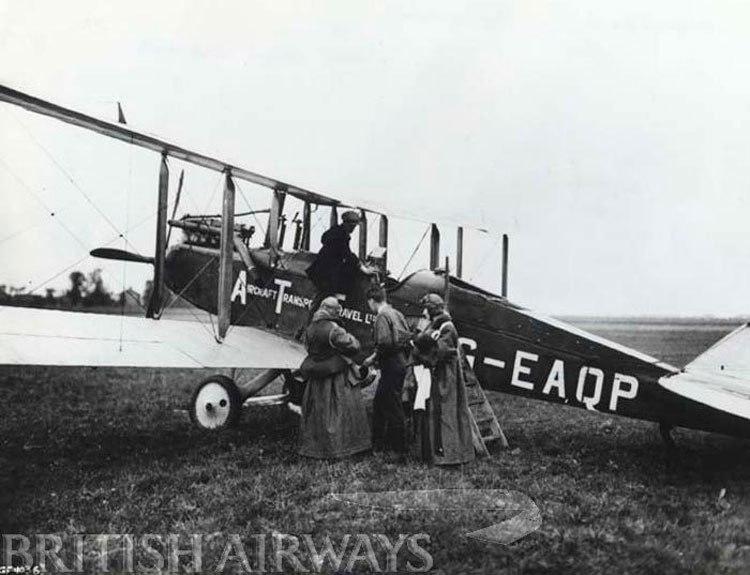
The early days of former British Airways, remotes back to 31 March 1924, when Britain's four pioneer airlines joined forces together in the immediate post war period, Handley Page Transport, British Marine Air Navigation Co Ltd, Daimler Airways and Instone Air Line Ltd, to form Imperial Airways Limited. They developed routes throughout the British Empire to India, the Middle East, some parts of Africa and later to Canberra, Australia. Throughout the 1930's the introduction of luxurious aircraft including the HP42 offered customers new levels of luxury aloft. Imperial Airways opened services from Southampton to Empire destinations using the Short S23 flying boat; the Empire Air Mail Scheme was inaugurated at this time.
Meanwhile, a number of smaller UK air transport companies had begun operating, and by 1935 many of these had merged to form the original privately owned British Airways Ltd.
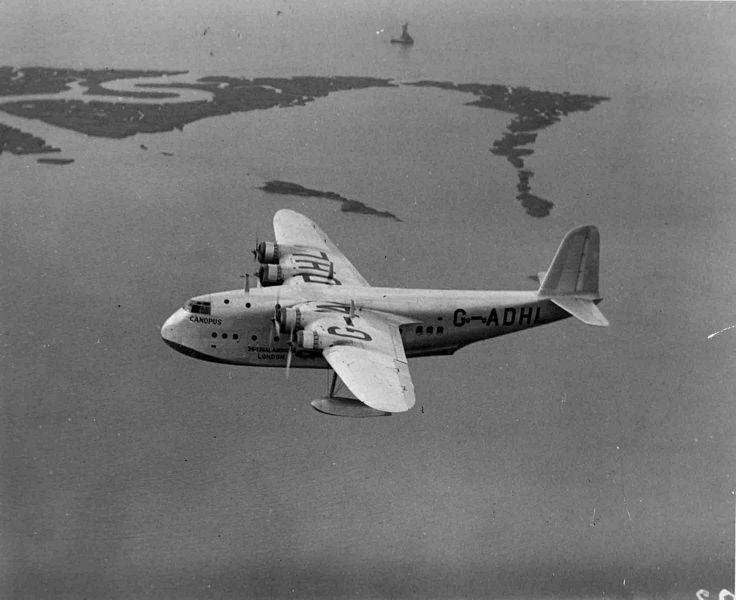
Following a government review, Imperial Airways and British Airways were nationalised in November 1939 to form the British Overseas Airways Corporation (BOAC), the new state airline, commenced operations in April 1940.
Post-war, BOAC continued to operate the majority of long-haul services in Britain, other than routes to South America; these were flown by British South American Airways, which was merged back into BOAC in 1949. Continental European and domestic flights were flown by a new nationalised airline, British European Airways Corporation (BEA), which compulsorily took over the scheduled services of existing UK independent airlines.
At the end of the war, BOAC's fleet consisted of Lockheed Lodestars, lend-lease Douglas DC-3s, Liberators, converted Sunderlands, new Avro Lancastrians, Avro Yorks, and Handley Page Haltons. However for older types, such as the Short Empire, Short S.26 and Boeing 314A flying boats, plus the AW Ensigns, some inherited from Empire Airways, were due to be withdrawn.
The Corporation's aircraft, bases and personnel were scattered around the world, and it took a decade to reorganise it into an efficient unit at Heathrow. New types such as the Lockheed 049 Constellations, were a modern addition to it's fleet. These planes were introduced from 1941 and were increased by BOAC in 1947, with new Lockheed 749 Constellations.
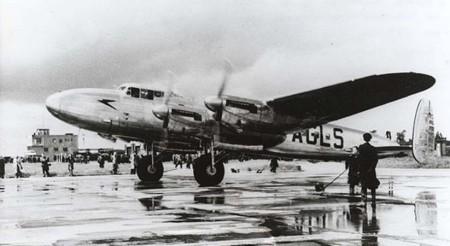
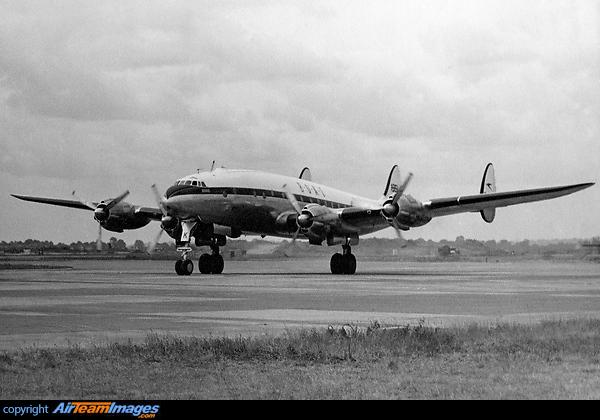
On 2 May 1952, BOAC became the world's first airline to operate jet airliners; the inaugural flight with the de Havilland Comet 1 was from London to Johannesburg. The Comet's service introduction was plagued by structural problems and accidents, leading to its withdrawal in 1954 and replacement with the upgraded Comet 4 models in 1958.
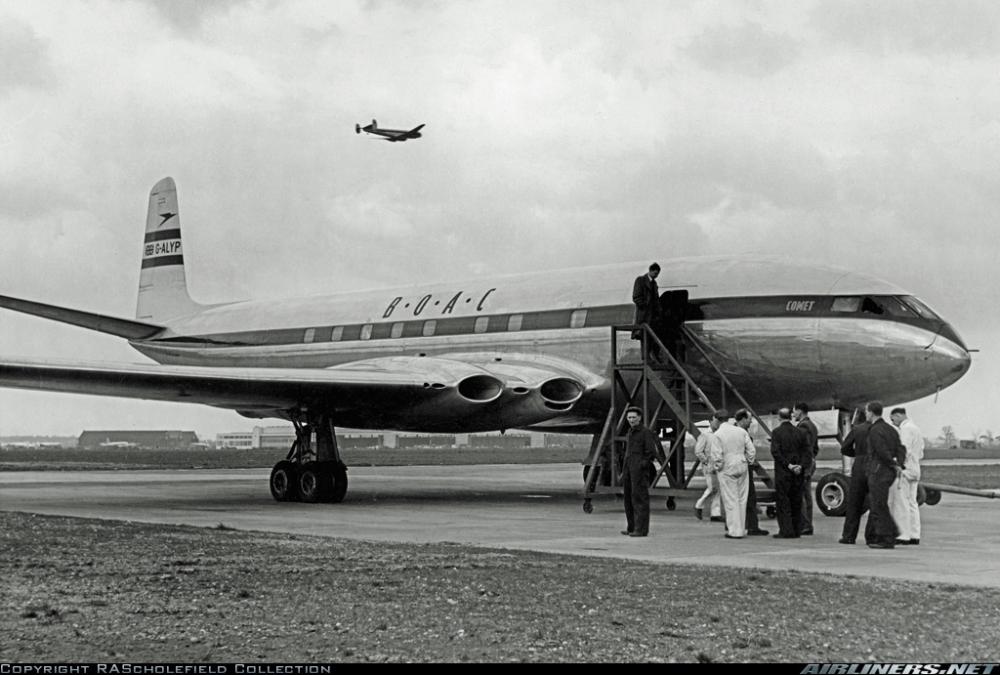
The first attempt to create a new combined British airline through the merger of BOAC with BEA arose in 1953 out of inconclusive attempts between the two airlines to negotiate air rights through the British colony of Cyprus. In the meantime, BEA successfully introduced the world-beating Vickers Viscount propeller-turbined aircraft into service on its UK domestic and European routes. The central area of London Airport opened in April 1955.
Deliveries of Boeing 707s and Vickers VC-10s to BOAC, and De Havilland Tridents to BEA, provided new commercial opportunities for both airlines. In 1965, at Heathrow, a BEA Trident made the world’s first fully automatic landing carrying commercial passengers.
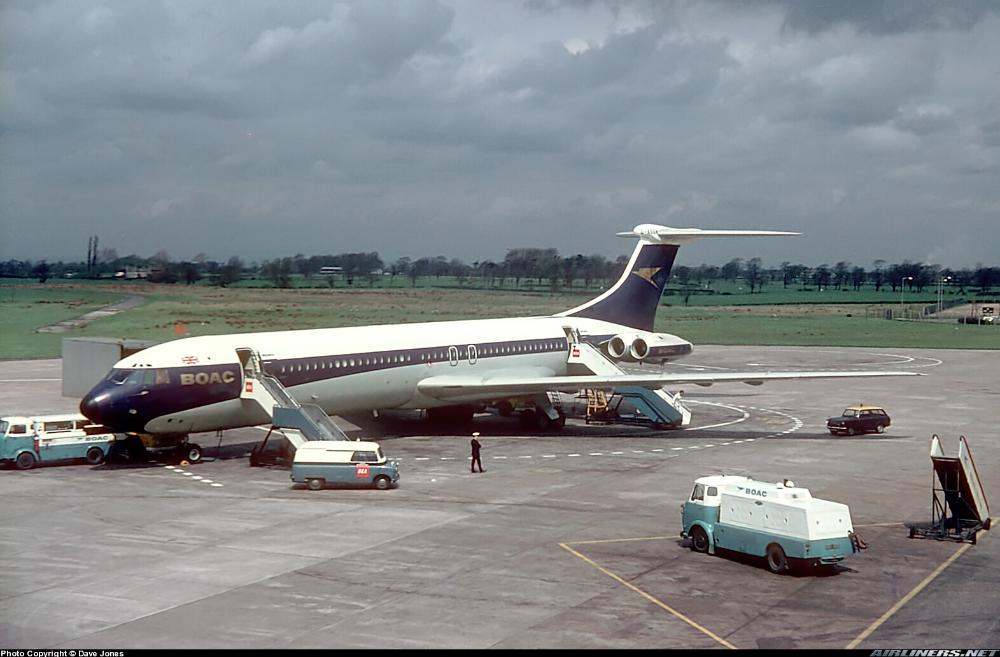
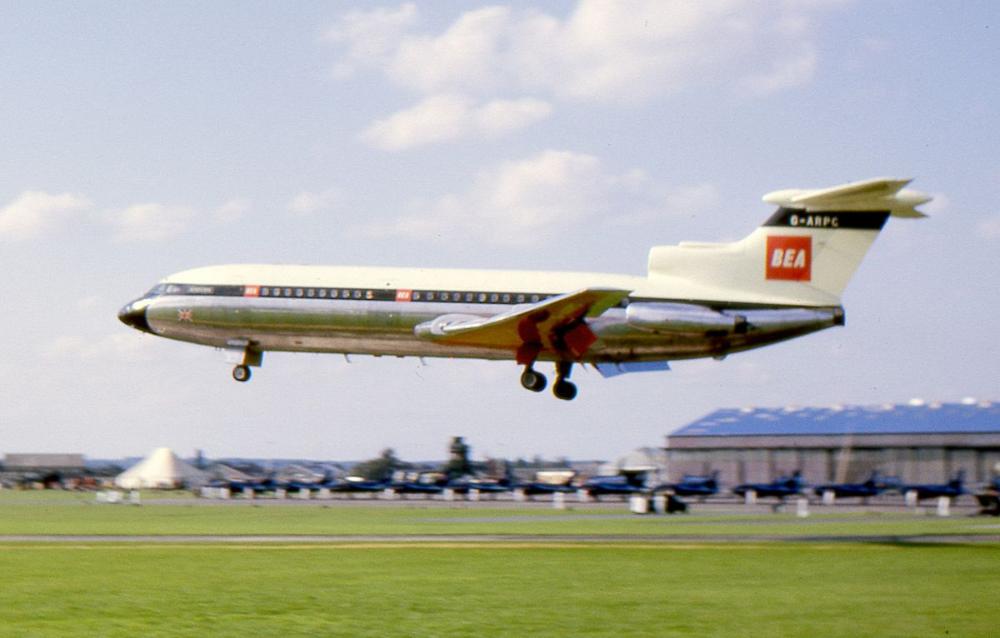
In 1967, the government established a committee of inquiry into Civil Aviation under Sir Ronald Edwards.The Committee reported in 1969 and one of its recommendations was the formation of a National Air Holding Board to control finances and policies of the two corporations. The recommendation was enacted in 1971, which formed a British Airways Board to control all the activities of BOAC and BEA, including the newly formed BEA Airtours.
Also, the arrival in 1971 of the Boeing 747, the first wide-bodied jet, presented contrasting new commercial opportunities and challenges. In 1972 the BOAC and BEA managements were combined under the newly formed Board, coming together as British Airways on 1 April 1974. The newly formed British Airways had inherited a mix of aircraft from its predecessors. It quickly retired the Standard VC10s that had come from BOAC and the last Vickers Vanguards from BEA. It also ordered the Hawker Siddeley 748 for use on Scottish routes.
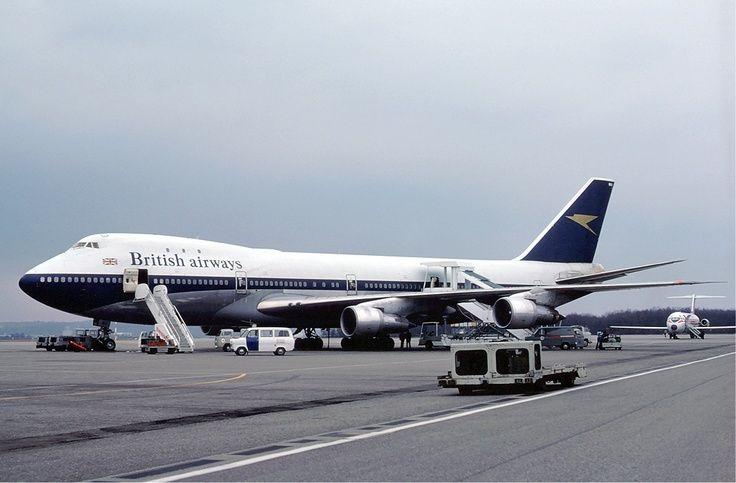
The first Lockheed L-1011 TriStar was delivered in October 1974, and introduced in January 1975. The management of British Airways resisted political pressure to purchase the new Airbus A300, Instead, the company planned to acquire American-made planes such as the Boeing 757.
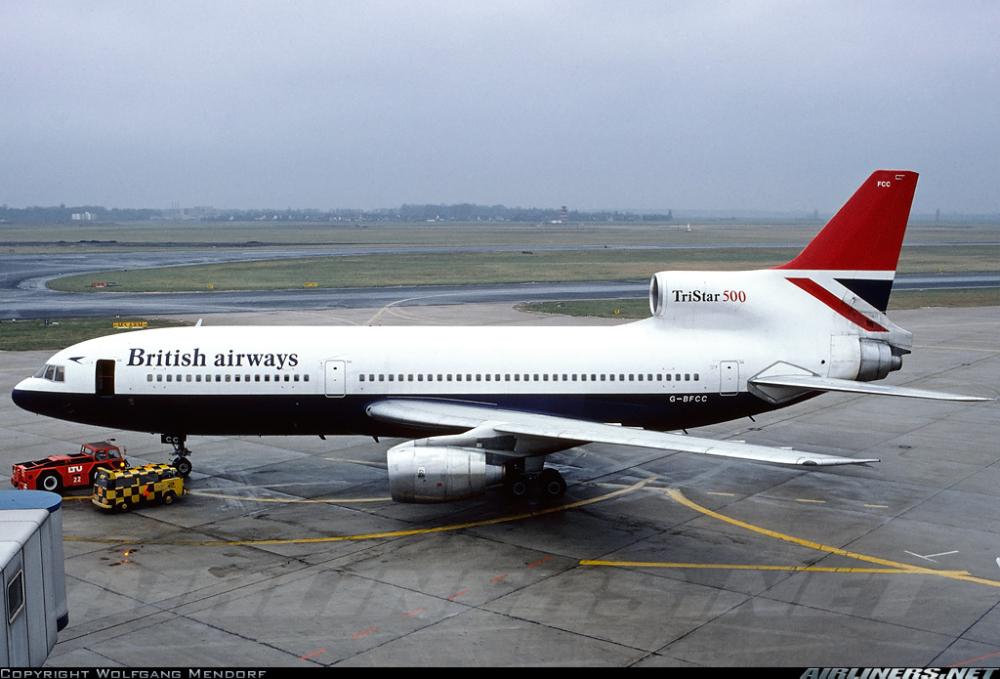
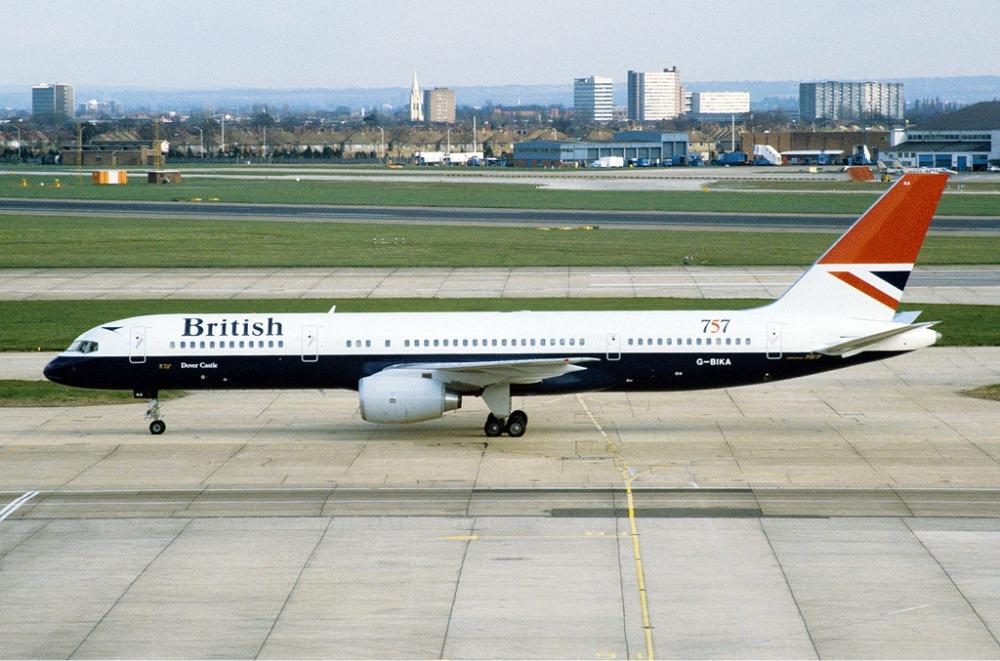
in 1976 the British government approved the purchase of multiple Boeing 737 aircraft. An innovation on 12 January 1975 was the British Airways Shuttle service from Heathrow to Glasgow (and later Edinburgh, Manchester, and Belfast), which allowed a walk-on no reservation service with a "guaranteed seat" .
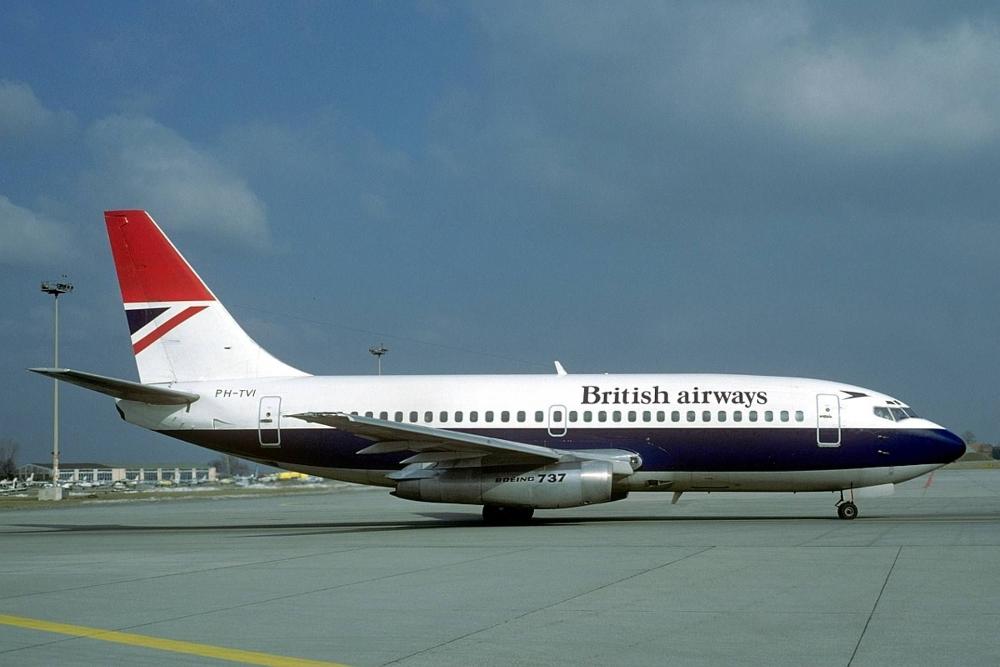
In 1976, British Airways commenced flying Concorde, making it one of two airlines to own and operate the supersonic Aerospatiale-BAC airliner. Simultaneously with Air France BA inaugurated the world's first supersonic passenger service on 21 January, a daily service between Heathrow and New York. Initially, Concorde was a financial burden, required of the national carrier by the government, and it attracted criticism from the press as a white elephant. Several significant destinations suggested for Concorde, such as Tokyo, Japan, and Sydney, Australia never emerged as viable in reality.
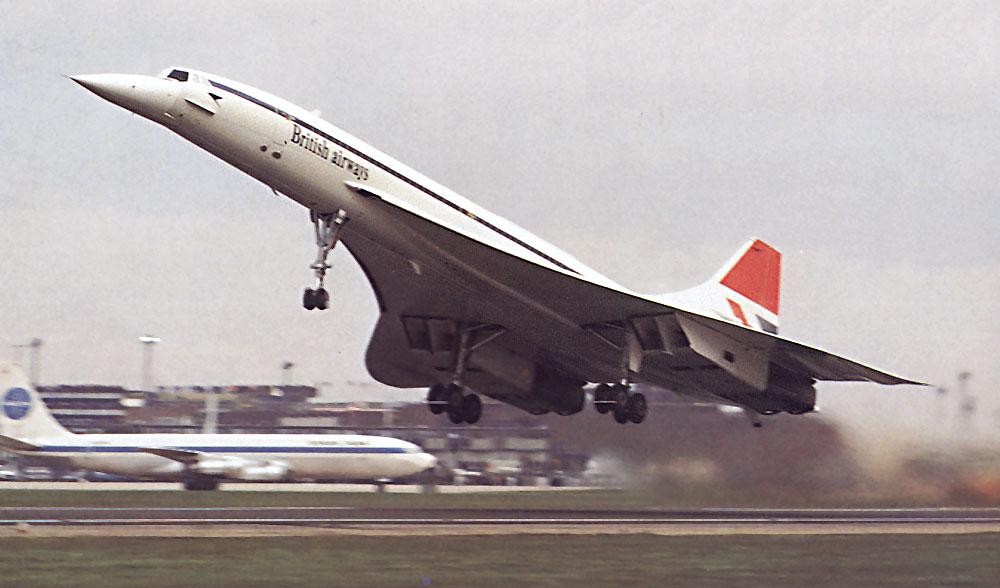
In 1981,Sir John King, was appointed Chairman of British Airways with the mission of preparing the airline for privatisation.He recognised the prestige that Concorde brought to the airline,purchased them outright from the government, and was turning a profit within a year.BA used Concorde to win business customers,guaranteeing a certain number of Concorde upgrades in return for corporate accounts with the airline,a key factor in winning business from transatlantic competitors. As British Airways headed towards privatisation,John King hired Colin Marshall as CEO in 1983.
A new corporate identity, designed by Landor Associates, was unveiled in December 1984. The airline then embarked on a complete transformation to its business. The airline's fleet and route map were overhauled, over 23,000 jobs were shed in the early 1980s, offering generous inducements for staff to leave led to record losses of £545 million, to the cost of taxpayers but to the benefit of the future privatised company. At Marshall's direction, the airline consolidated most of its long-haul operations in 1986, including Concorde services at the newly constructed Heathrow Terminal 4 , which would remain as BA's hub at Heathrow Airport for the next 22 years .
Due in part to a recession and rising fuel prices,aircraft such as theHawkerSiddeleyTrident,Vickers Super VC10 and Boeing 707 were quickly phased out of service,and planes such as the Boeing 737 were acquired in their place.In the 1980s, BritishAirways regarded Concorde as its flagship, both prestigious and profitable, it was even put on lease, and operated charter flights to Singapore and Miami.
.jpg)
The flag carrier was finally privatised in February 1987. Four months later, in July 1987, BA announced the controversial takeover of Britain's "second" airline, British Caledonian. The Caledonian name was kept alive, as the charter subsidiary British Airtours was rebranded as Caledonian Airways. In 1992, BA absorbed Gatwick-based British carrier Dan-Air.
During the 1990s, British Airways became the world's most profitable airline under the slogan "The World's Favourite Airline".On the 19 February 1990, it took delivery of the first Boeing 767-300, which went into service to high demand European cities and across The Middle East.
In 1992, it bought the small German domestic airline Delta Air Transport and renamed it Deutsche BA. By the time it was sold in June 2003, Deutsche BA was operating 16 Boeing 737s.
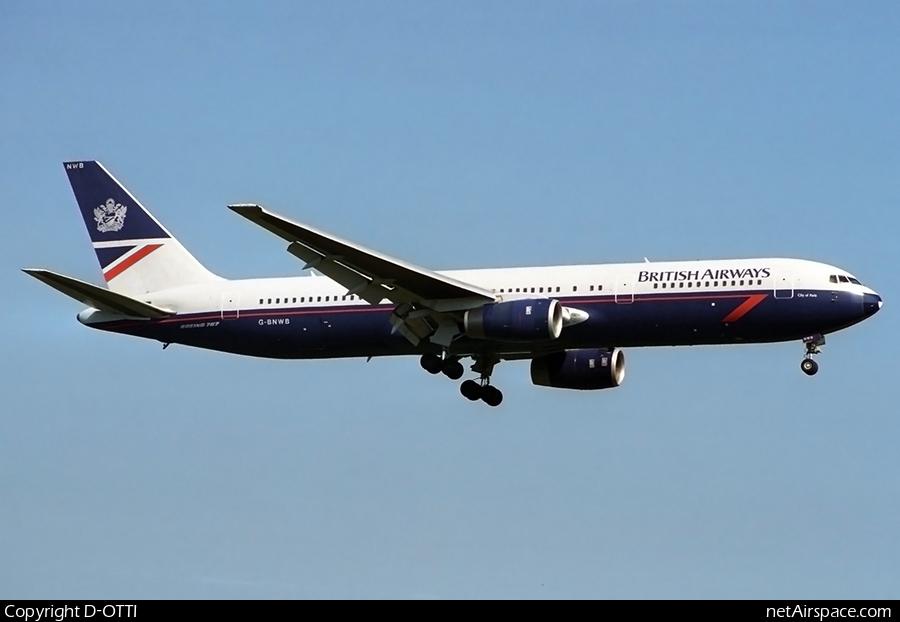
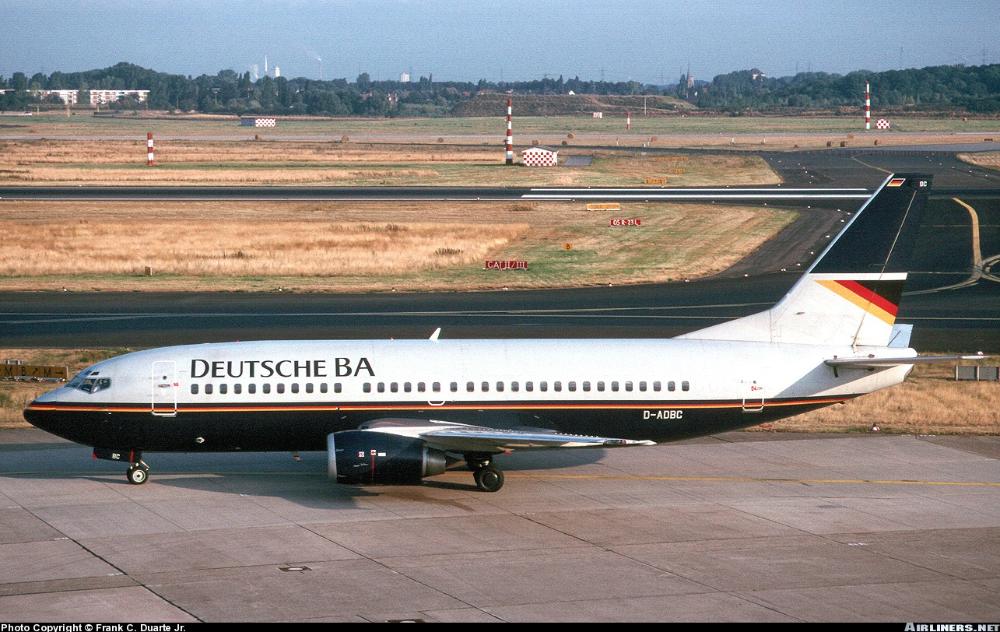
1993 was a highly significant year of expansion and change for British Airways as it purchased a 25% stake in Australian airline Qantas, a 24% stake in American airline USAir, and wholly acquired Brymon Airways to form BA Connect. Another crucial event in 1993 occurred as BA formed British Asia Airways, a subsidiary based in the Republic of China (Taiwan), to operate between London and Taipei via Hong Kong. Owing to political sensitivities, British Asia Airways had not only a different name but also a different livery, the Union Flag tailfin being replaced by the Chinese characters 英亞 (English Asia). It ceased operations after BA suspended flights to Taipei in December 2001.
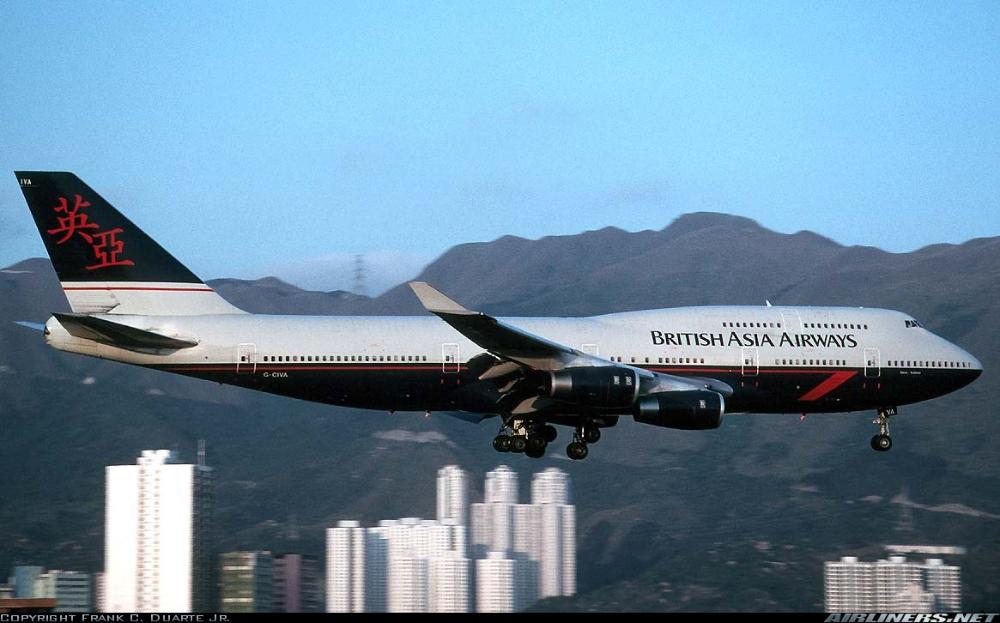
Perhaps the most symbolic change to British Airways in the turbulent year of 1993 came when Lord King stepped down as chairman of the company and was replaced by former deputy Colin Marshall. In 1995, British Airways began planning for its future as also used some of its prosperity to upgrade and replace much of its fleet. Aircraft acquisitions included the Boeing 747-400 and the Boeing 777, aimed to phase out the remaining Lockheed L-1011 TriStars and McDonnell Douglas DC-10s. Another acquisition was BA's first purchase from Airbus for new A320 aircraft.
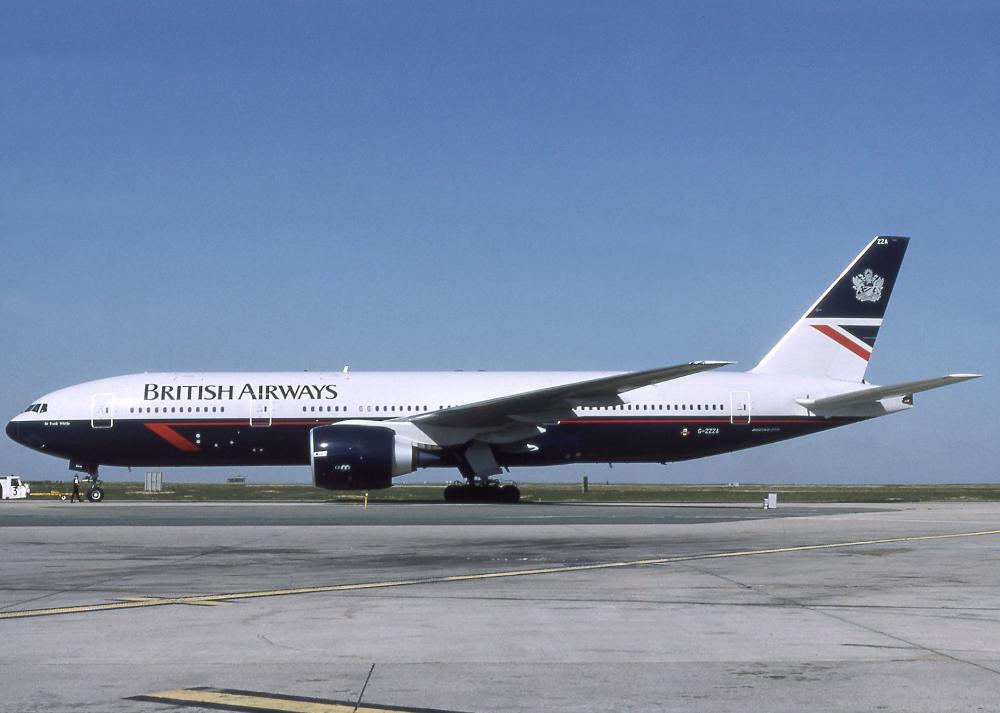
A new source of competition emerged during the 1990s in the form of the budget airline; new companies such as Ryanair and EasyJet emerged, rising to prominence using a no-frills and low-price approach to gain market share from the traditional carriers. In the wake of deregulation, these airline companies would prove to be an increasing source of competition domestically to British Airways. A small handful of short routes also came under pressure from modern high-speed rail systems, such as the Eurostar service between London, Paris, and Brussels.
In 1996, British Airways, with its newly appointed CEO Bob Ayling, entered a period of financial turbulence due to increased competition, high oil prices, and a strong pound. The airline's management clashed with trade unions. In 1997, Ayling dropped BA's traditional Union Flag tailfin livery in favour of world design tailfins in an effort to change the airline's image to be more cosmopolitan. This move quickly came under fire by the media for making hundreds of employees redundant while squandering money on expensive rebranding Several influential figures, such as former Prime Minister Margaret Thatcher, spoke out against abandoning the Union Flag scheme and BA turning its back on the nation. On 6 June 1999, he announced that all newly delivered and overhauled BA planes would bear the Union Flag, based on a design first used on Concorde; the cosmopolitan scheme was abandoned.
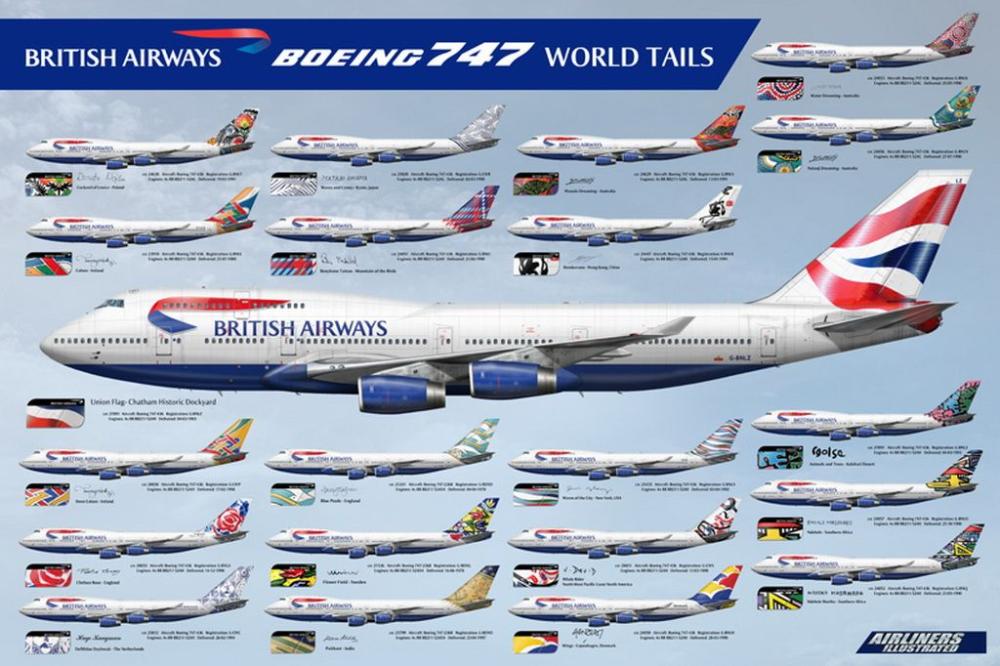
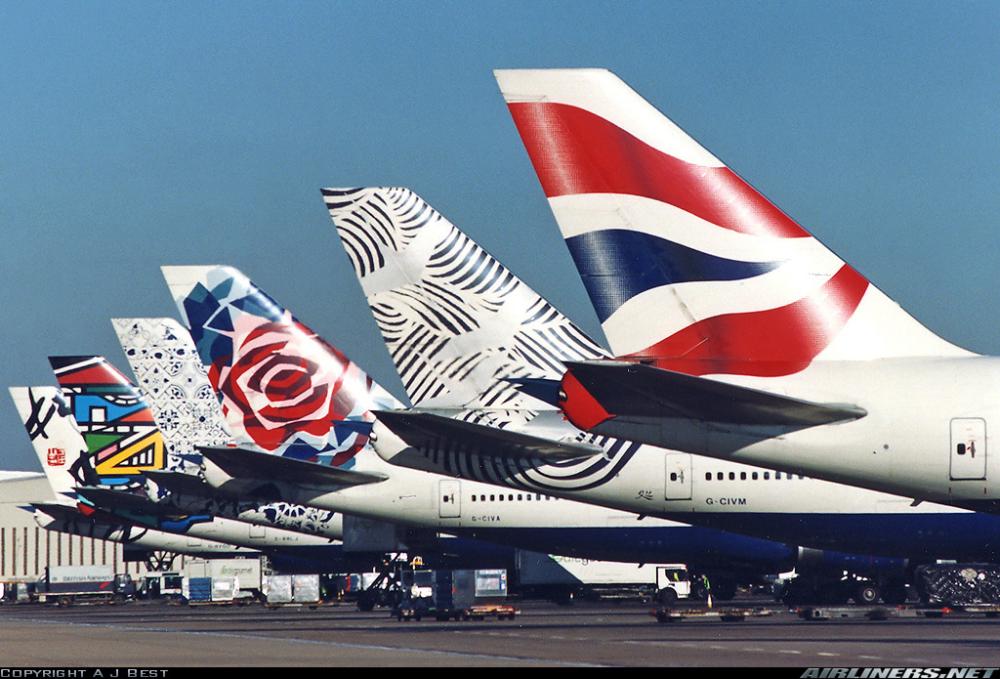
In 1998 BA established Go, a subsidiary but highly subsidised. Go was a low-cost carrier intended to compete in the rapidly emerging "no-frills" segment After four years of successful operations British Airways searched for a buyer for Go, which eventually merged with EasyJet. Ayling also sought a reduction of capacity cancelling Boeing 747- 400 orders in favour of the Boeing 777-200ER and rationalising BA's short-haul fleet with new Airbus A320 aircraft. However, BA began discussions with Airbus for the eventual procurement of the Airbus A380 . In September 1998, British Airways became a founding member of the Oneworld global airline alliance, along with American Airlines, Canadian Airlines, Cathay Pacific, and Qantas.
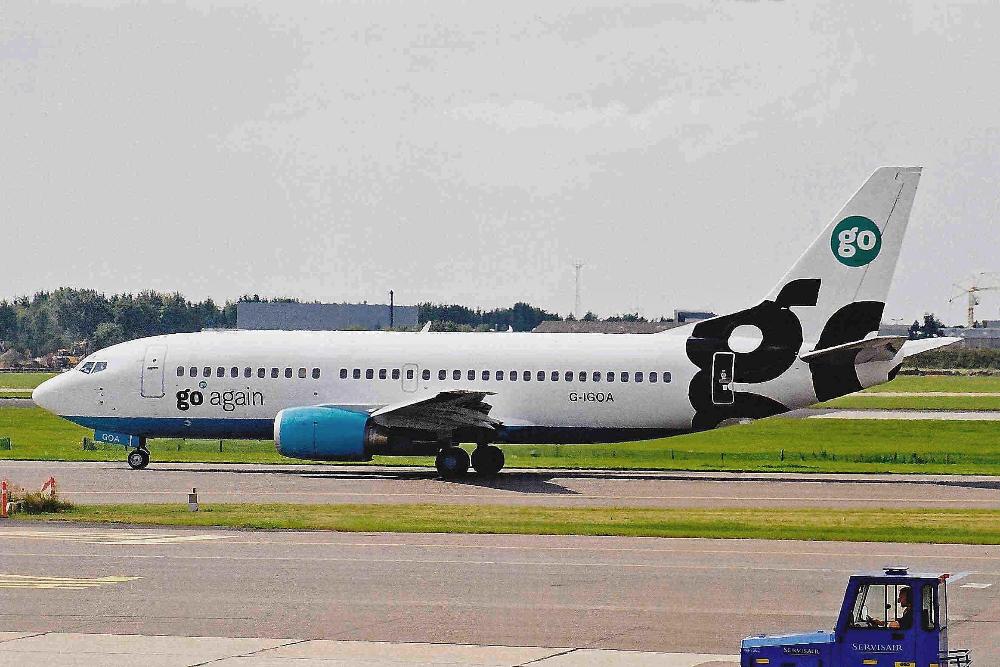
In 1999, British Airways reported a 50% drop in profits, its worst since privatisation. This was compounded by the majority of BA subsidiary companies running at heavy losses as well. In March 2000, Bob Ayling was removed from his position and, in May, British Airways announced Rod Eddington as his successor.
In May 2001 all of BA's fleet would be repainted in a variant of the Union Flag design used on Concorde. All Boeing 747-200s and older Boeing 767 aircraft were retired in an effort to cut costs. From 2002, BA strongly marketed the full-service nature of its remaining domestic flights by the use of principal airports, and inclusive complimentary food and drink. In June 2003, the German subsidiary, Deutsche BA, was sold to investment group Intro Verwaltungsgesellschaft.
With the crash of Air France Flight 4590 in 2000, 9/11, and escalating maintenance costs, the future of Concorde was limited, despite expensive safety modifications made after the Air France accident. It was announced on 10 April 2003 that in October that year BA would cease scheduled services with Concorde. The last commercial Concorde flight from New York to London was on 24 October 2003.
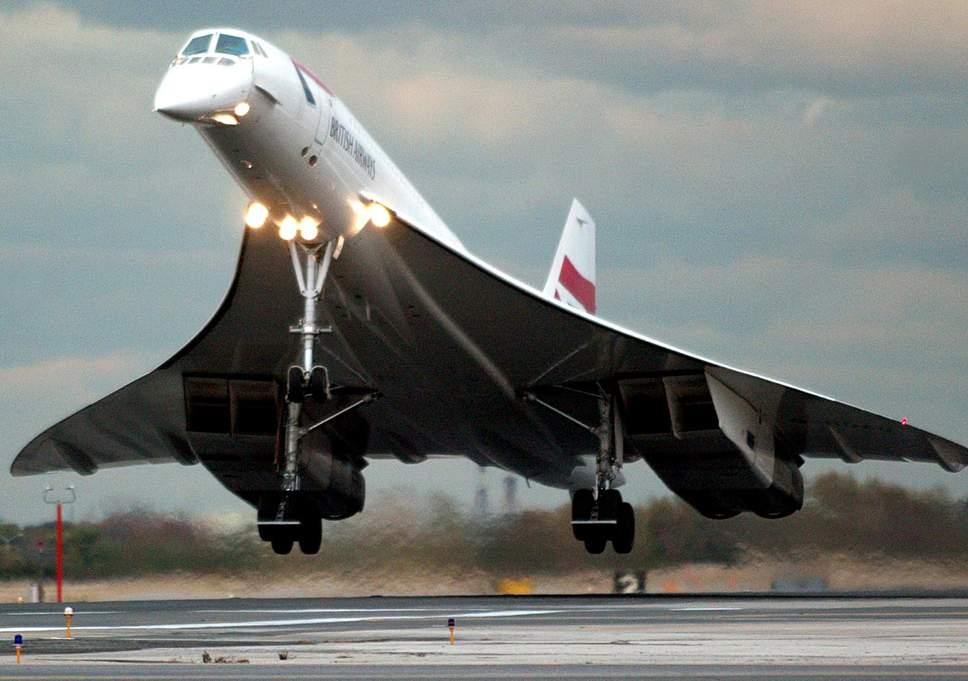
On 8 September 2004, British Airways announced that it was to sell its 18.5% stake in Qantas. The £425 million raised was used to reduce the airline's debt.
On 8 March 2005, it was announced that former Aer Lingus CEO Willie Walsh would take over from Rod Eddington upon his retirement in September 2005. Walsh pledged to retain the full-service model on its much reduced UK network as a means of distinguishing BA from the competition, and that customers were willing to pay extra for higher service levels. In September 2005, new CEO Willie Walsh announced dramatic changes to the management of British Airways.
Walsh presided over the sale of BA Connect to Flybe. This led to British Airways' decision to resurrect erstwhile Gatwick-based CityFlyer Express (which BA had integrated into its Gatwick mainline short-haul operation in 2001, following the acquisition of CityFlyer Express in 1999) as a new wholly owned subsidiary to take over this operation, as of March 2007. BA CityFlyer was awarded an Air Operators Certificate on 8 February 2007, and started operations on 25 March 2007 based at London City Airport.
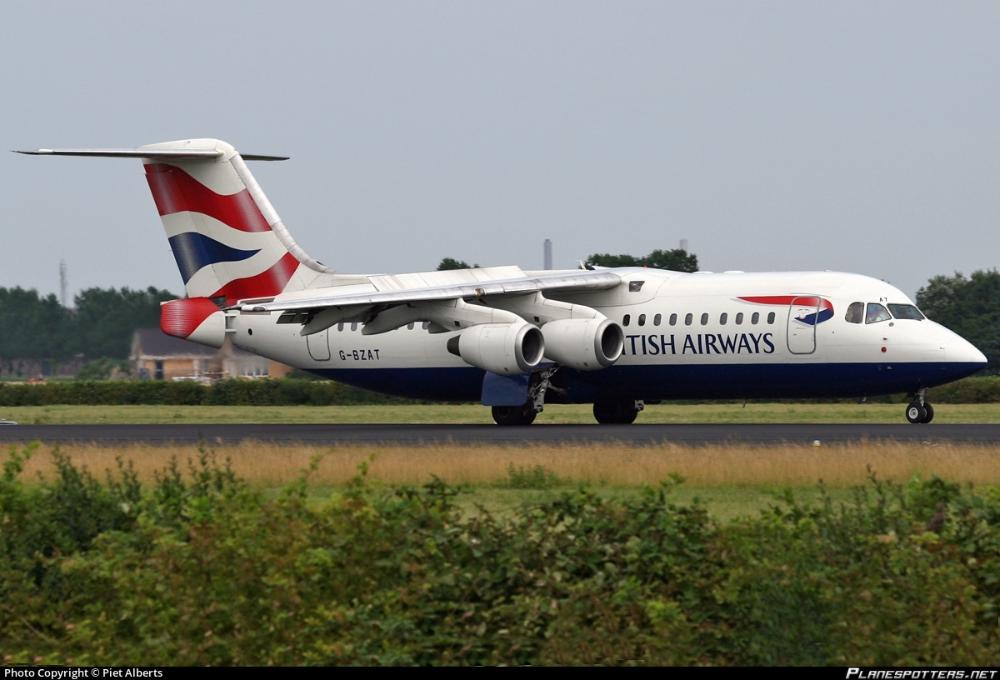
During 2007, BA announced their order of thirty-six new long-haul aircraft, including twelve Airbus A380s and twenty-four Boeing 787 Dreamliners. The Boeing 787s will replace 14 of British Airways' Boeing 767 fleet, while the Airbus A380s will replace 20 of BA's Boeing 747-400s.
Later, in January 2008, BA unveiled another new subsidiary, OpenSkies, which took advantage of the liberalisation of transatlantic traffic rights, flying non-stop between major European cities and the United States. Operations between Paris and New York began with a single Boeing 757 in June 2008. On 2 July 2008 British Airways announced that it had agreed to buy French airline L'Avion for £54 million. L'Avion was fully integrated with OpenSkies in 2009.
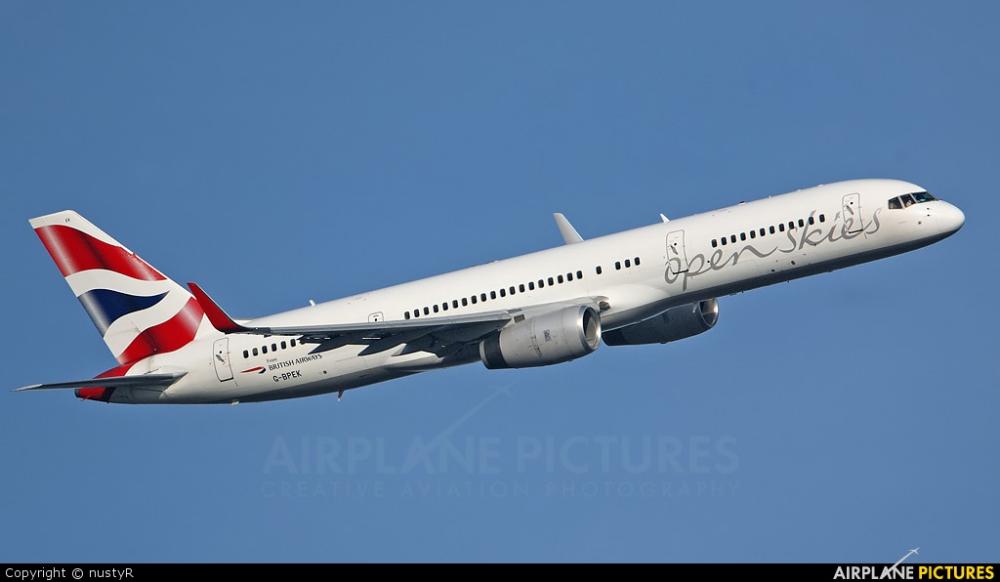
On 14 March 2008 Heathrow Terminal 5, was officially opened by Queen Elizabeth II. Upon opening to passengers on 27 March 2008 serious problems immediately arose, many from staff confusion. The baggage handling system failed completely, resulting in seven flights departing with no baggage loaded. In the first five days, a backlog of 28,000 bags built up and over 300 flights were cancelled. By October 2008 Terminal 5 operations has settled and further long-haul flights were transferred over. On 1 August 2008, BA announced orders for six Boeing 777-300ERs.
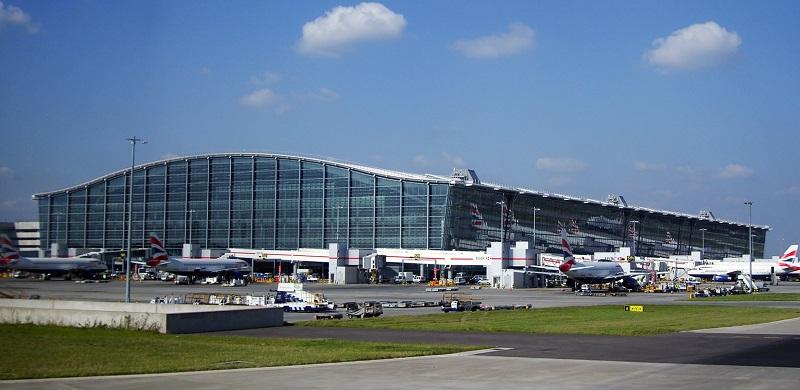
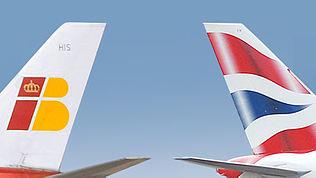
On 30 July 2008, British Airways and Iberia Airlines announced a merger plan that would result in the two airlines joining forces in an all-stock transaction. The two airlines would retain their separate brands similar to KLM and Air France in their merger agreement. In June 2009, British Airways contacted some 30,000 employees in the United Kingdom, including Walsh, asking them to work without pay over a period of between one week and one month to save money.
On 6 November 2009 the worst ever half-year loss in British Airways' history was reported to the public. A High Court decision sided with BA against union opposition to restructuring plans, including a reduction in cabin crew in November 2009. On 14 December 2009 cabin crew at British Airways voted in favour of strike action over the Christmas period over job cuts and contract changes. More than 80 planes were grounded at Heathrow Airport on the first day of the strike. On 8 April 2010, it was confirmed British Airways and Iberia Airlines had agreed to merge, making the combined commercial airline the third largest in the world by revenue. The newly merged company was known as International Airlines Group, both airlines continued to operate under their current brands.
Also in 2009, BA began the service from London City to New York in September, using two Airbus A318s fitted with 32 lie-flat beds in an all business class cabin. Flights operated under the numbers previously reserved for Concorde. (BA1 to BA4).
On 4 October 2010, to celebrate the Boeing 757 fleet's retirement after 27 years, British Airways unveiled one of the 757s (G-CPET) in a "retro" Negus & Negus livery. This aircraft conducted its last passenger flight on 6 November 2010. In November 2011 IAG announced an agreement in principle to purchase British Midland International from Lufthansa, the sale was completed on 30 March 2012.
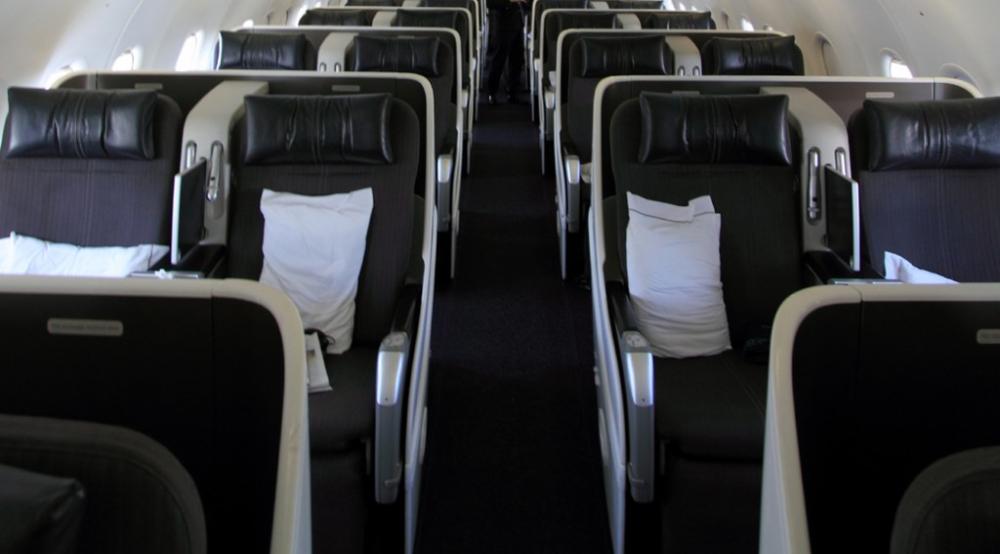
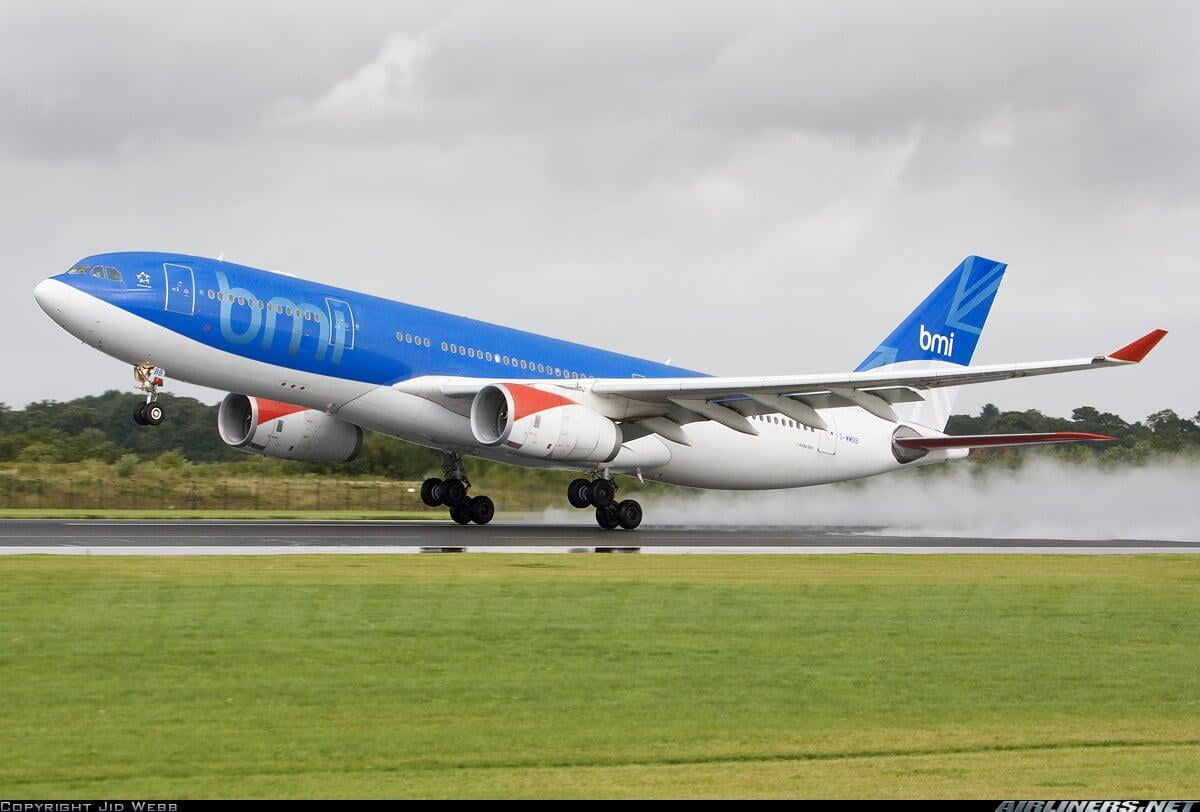
On 22 April 2013, IAG confirmed that it had signed a memorandum of understanding to order 18 A350-1000 aircraft for British Airways, the aircraft would replace some of the airline's fleet of Boeing 747-400s. Options for 18 Boeing 787 aircraft, were converted into firm orders for delivery between 2017 and 2021.On 26 June 2013, British Airways took delivery of its first 787s. The aircraft began operations to Toronto. Also that year, BA's first A380 was delivered on 4 July 2013. It began regular services to Los Angeles on 24 September 2013, followed by Hong Kong on 22 October 2013.
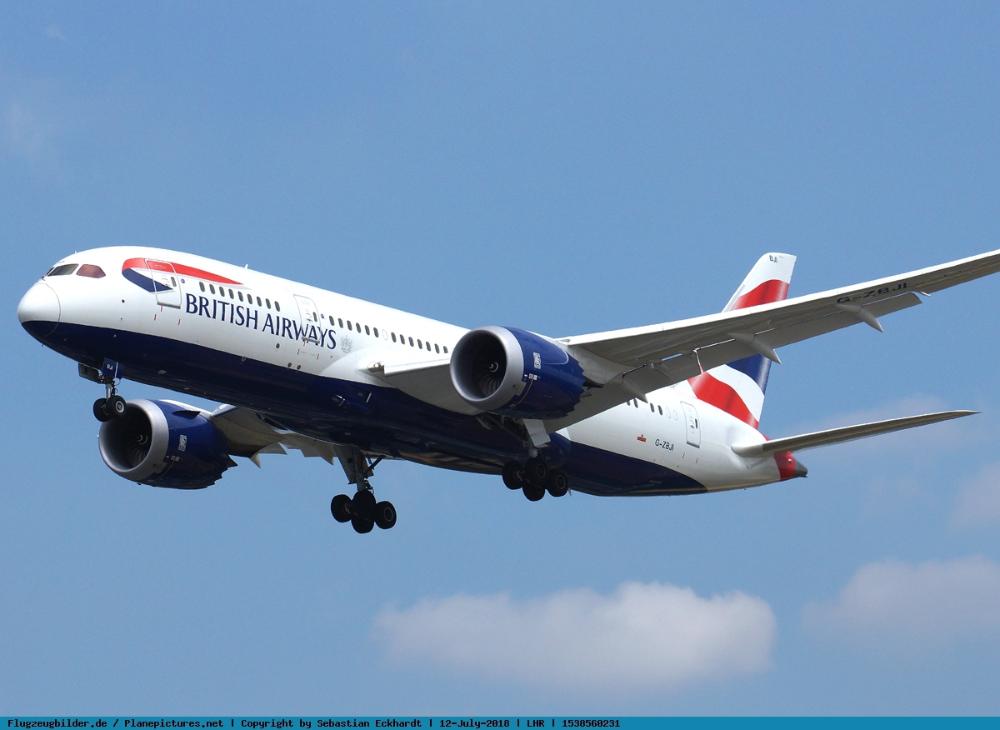
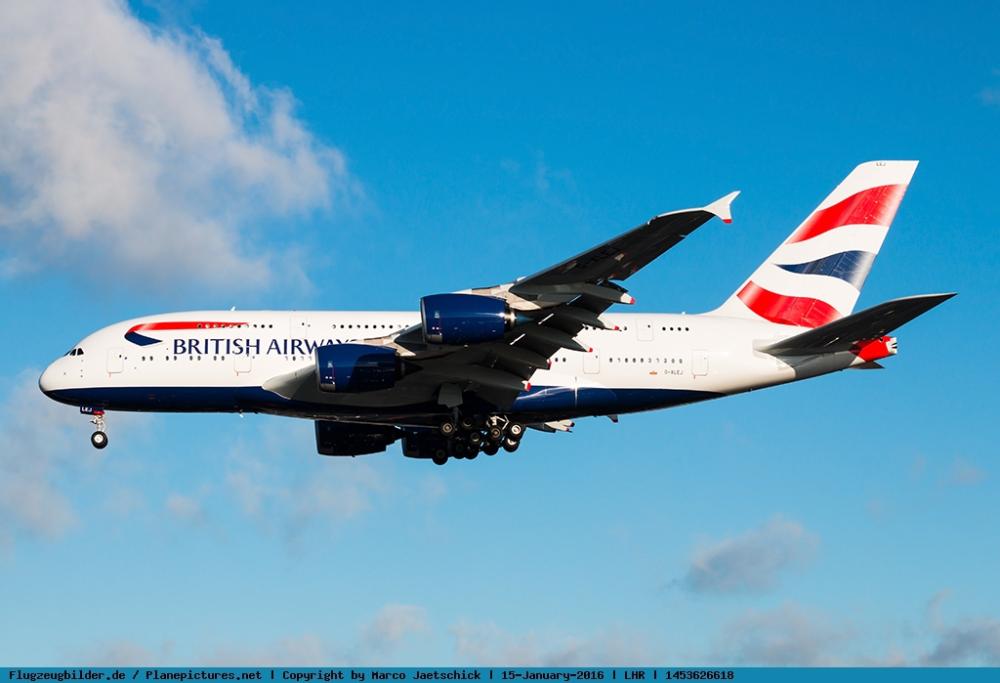
Keith Williams, British Airways’ Chief Executive became British Airways’ Executive Chairman on 1 January 2014. In March 2014 the inaugural flight to Austin, Texas took place as more dreamliner aircraft joined the fleet, later Chennai and Calgary was also added the same year. Also in 2014 the parent company IAG launched a fleet renewal plan. Over the next five years. The British flag carrier will acquire 72 new aircraft, including four new types: Airbus A350-1000, A320neo, A321neo and Boeing 787-10, first deliveries for 2018.
During 2015, BAs first Boeing 787-9 arrived at Heathrow following its delivery from Boeing’s plant in Seattle on 30 September. Also on the same day BAs last Boeing 737 service landed at Gatwick from Turin, it operated Boeing 737s for 35 years. Those aircraft were replaced by new Airbus A319, A320 and A321. 2015 saw the refresh of the older Boeing 747 and 777, with the latest Panasonic in-flight entertainment system, larger screens and more content. In August of 2015 Aer Lingus was also taken over by IAG.
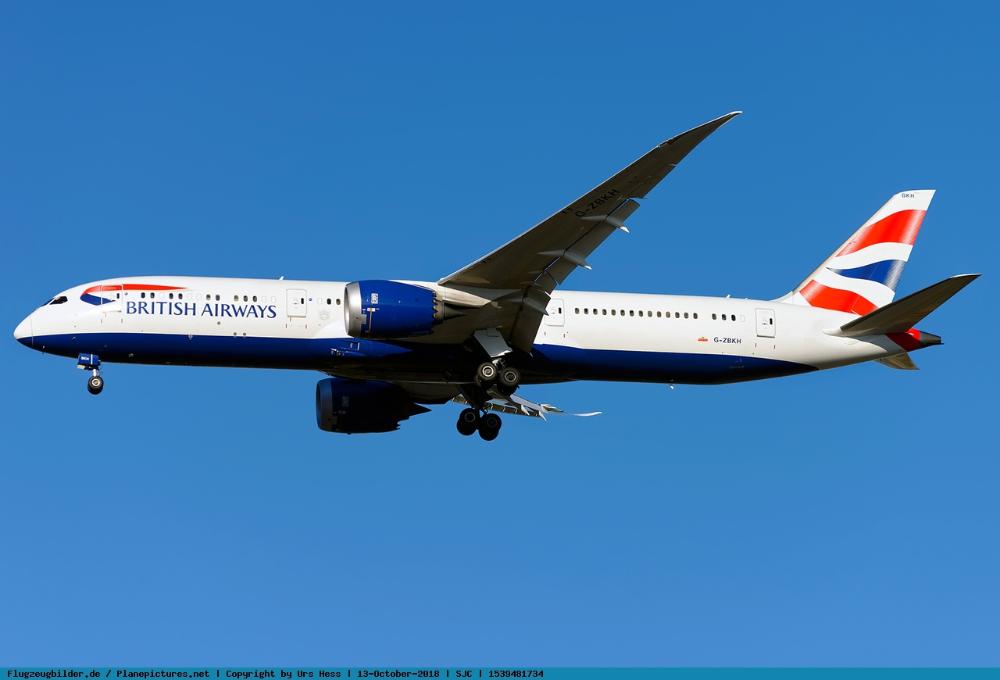
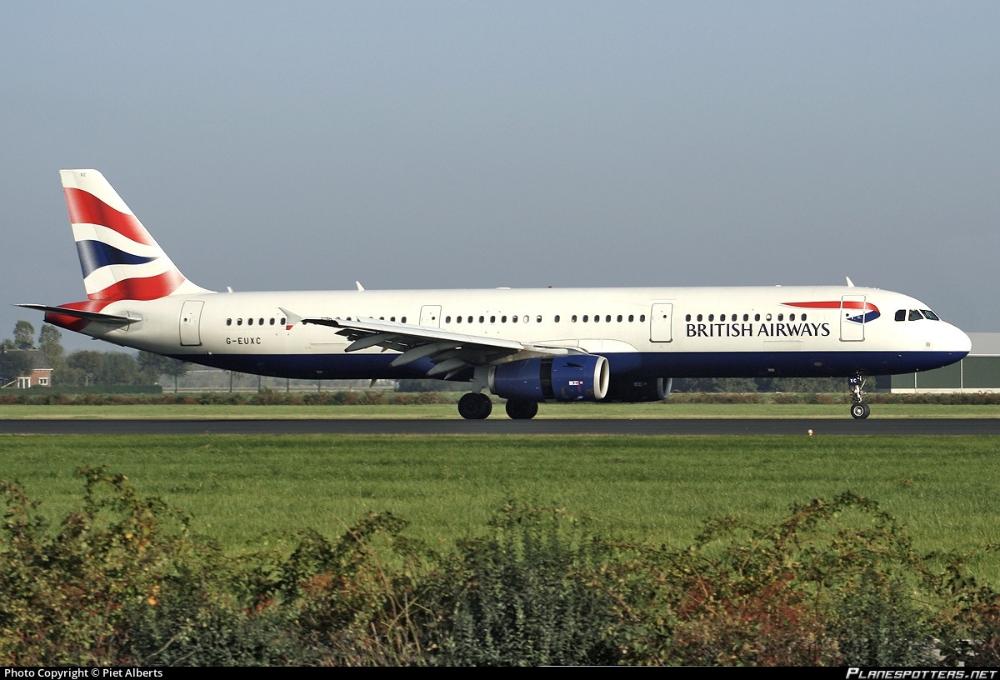
In March 2015, Qatar Airways purchased a 10% stake in International Airlines Group. In April 2016 Alex Cruz takes up the post of Executive Chairman at BA succeeding Keith Williams.In january 2017 complimentary meals and drinks were ended on services of under 4 hours for economy class passengers, the airline also announced a partnership with food store Marks and Spencer to supply sandwiches and snacks instead.
In May 2017, BA's entire fleet was grounded for two days, due to a failure of their IT system, which the company believed to be caused by too many cutbacks in the company. From 2018, British Airways began to receive some of its newer plane types, such as the Airbus A320neo and the A321neo.
History source: Wikipedia.org / British Airways
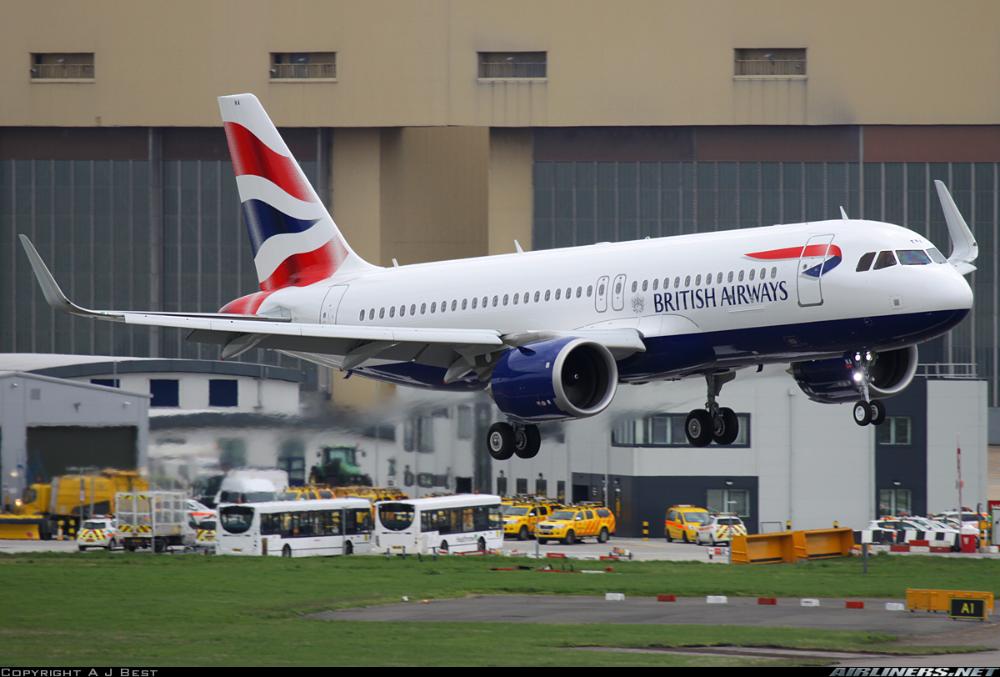
Operations and Destinations 🌍:
British Airways' main base is at London Heathrow Airport, (LHR) but it also has a major presence at Gatwick Airport (LGW). It also has a base at London City Airport (LCY), where its subsidiary BA CityFlyer is the largest operator. The majority of BA services operate from Heathrow Terminal 5, with the exception of some flights at Terminal 3. The airline has codeshare flights with partner airlines, Iberia, Vueling and Aer Lingus. (all forming part of the IAG Group). From Gatwick it operates, domestic, European services, as well as, Caribbean destination flights and selected American destinations. Lastly from London City Airport, it operates to domestic and European cities with the exception of New York, the only long haul route from the airport. (aimed primarily at business travelers).
Every season the airline alters and updates the destinations flown. The following list should be taken for guidance only. Please refer to the airline for updated destinations.
| Region 🗺️ | Destinations 🌍🌎🌏 |
|---|---|
| ✈United Kingdom (domestic) | Aberdeen, Belfast, Birmingham, Leeds, London, Manchester, Newcastle upon Tyne, Glasgow, Edinburgh, Inverness. |
| ✈Europe | Alicante, Amsterdam, Athens, Barcelona, Bari, Basel, Mulhouse, Freiburg, Berlin, Bilbao, Biarritz, Billund, Bologna, Bordeaux, Brindisi, Brussels, Bodrum, Bucharest, Budapest, Cagliari, Catania, Chambéry, Chania, Cologne, Copenhagen, Dalaman, Dublin, Dubrovnik, Düsseldorf, Faro, Figari, Frankfurt, Friedrichshafen, Funchal, Geneva, Genoa, Gibraltar, Gothenburg, Grenoble, Hamburg, Hanover, Helsinki, Ibiza, Innsbruck, Istanbul, Jersey, Kalamata, Kefalonia, Kiev, Kraków, Lanzarote, Larnaca, Las Palmas, Limoges, Lisbon, Luxembourg City, Lyon, Madrid, Málaga, Malta, Marseille, Menorca, Milan, Montpellier, Moscow, Munich, Murcia, Mykonos, Nantes, Naples, Nice, Oslo, Palermo, Palma de Mallorca, Paphos, Paris, Pisa, Porto, Prague, Pula, Reykjavík, Rome, Rotterdam, Saint Petersburg, Salzburg, Santorini, Sofia, Stockholm, Stuttgart, Tallinn, Tenerife, Thessaloniki, Tirana, Toulouse, Turin, Valencia, Venice, Verona, Vienna, Warsaw, Zagreb, Zakynthos, Zurich. |
| ✈The Middle East | Abu Dhabi, Amman, Bahrain, Beirut, Doha, Dubai, Jeddah, Kuwait City, Muscat, Riyadh,Tel Aviv. |
| ✈Africa | Abuja, Accra, Algiers, Cairo, Durban, Lagos, Nairobi, Johannesburg, Cape town, Mahé, Malé, Marrakech,Tunis. |
| ✈The America's | Antigua, Atlanta, Austin, Baltimore, Barbados, Bermuda, Boston, Buenos Aires, Calgary, Cancún, Charleston, Chicago, Dallas, Denver, Fort Lauderdale, Grand Cayman, Houston, Kingston, Las Vegas, Lima, Los Angeles, Mexico City, Miami, Montreal, Nashville, Nassau, New Orleans, New York City, Newark, Orlando, Philadelphia, Phoenix, Pittsburgh, Port of Spain, Providenciales, Punta Cana, Rio de Janeiro, Saint Kitts, San Diego, San Francisco, San Jose, San José, Santiago, Seattle, St. George, São Paulo, Tampa, Tobago, Toronto, Vancouver, Vieux-Fort, Washington, D.C. |
| ✈Asia and Oceania | Bangalore, Bangkok, Beijing, Seoul, Shanghai, Singapore, Tokyo, Osaka, Mumbai, Kuala Lumpur, Hyderabad, Delhi, Chennai, Hong Kong, Sydney (Australia). |
*Destination list is for reference only. Please check directly with the airline for updates.
*Note some destinations are only seasonal.*Correct info as of Nov 2018.
Fleet ✈️:
British Airways has one of the most complex fleets in Europe with an estimated count of over 300 planes operating, short to long haul routes all over the globe. The entire fleet is now based around Boeing and Airbus planes, with the exception of it's subsidiary BA Cityflyer which operates Bombardier jets E170 and E190, together with one A318 for the London City's to New York service.
| Network 🌐 | Aircraft ✈️ |
|---|---|
| ✈Domestic, Regional and Medium haul routes | Airbus A319, A320, A320neo, A321, A321neo Boeing 787-8 and B777-200 for high demand routes. |
| ✈Long haul | Boeing B777-200ER, B777-300ER, B747-400, B787-8/9 Airbus A350-1000, A380. |
*Correct fleet info as of March 2020.
British Airways Photo Slide 📷:
British Airways Safety Video 🎬:
Reviews ⭐:
 |  |
|---|---|
| ✅ Excellent customer service, both before the flight, crew and after flight care service. | 👎 As from 2017, flights under 4 hours will be charged for food and drink on board. |
| ✅Comfortable airline cabins, leg room, reclining seats, lighting etc | 👎On long haul flights, very basic pillow and headphones are provided. (Economy). |
| ✅Posibility to check in online 24hours before and select your seat for free. Exits available for free on short and medium haul flights. | 👎 Some Boeing 777-200 planes have small entertainment screens and no charging options. (due to be updated). |
| ✅Member of OneWorld Alliance, a good customer loyalty programme, to earn points and redeem for flights or upgrades. | |
| ✅Hand luggage weight is not checked as long as it fits the size restriction. (max 23kg) | |
| ✅Complimentary drinks and meals on board. (Food to be sold as from 2017 on flight less than 4 hours) | |
| ✅Good connections and timings between flights. Effective baggage transfer. |



















.png)